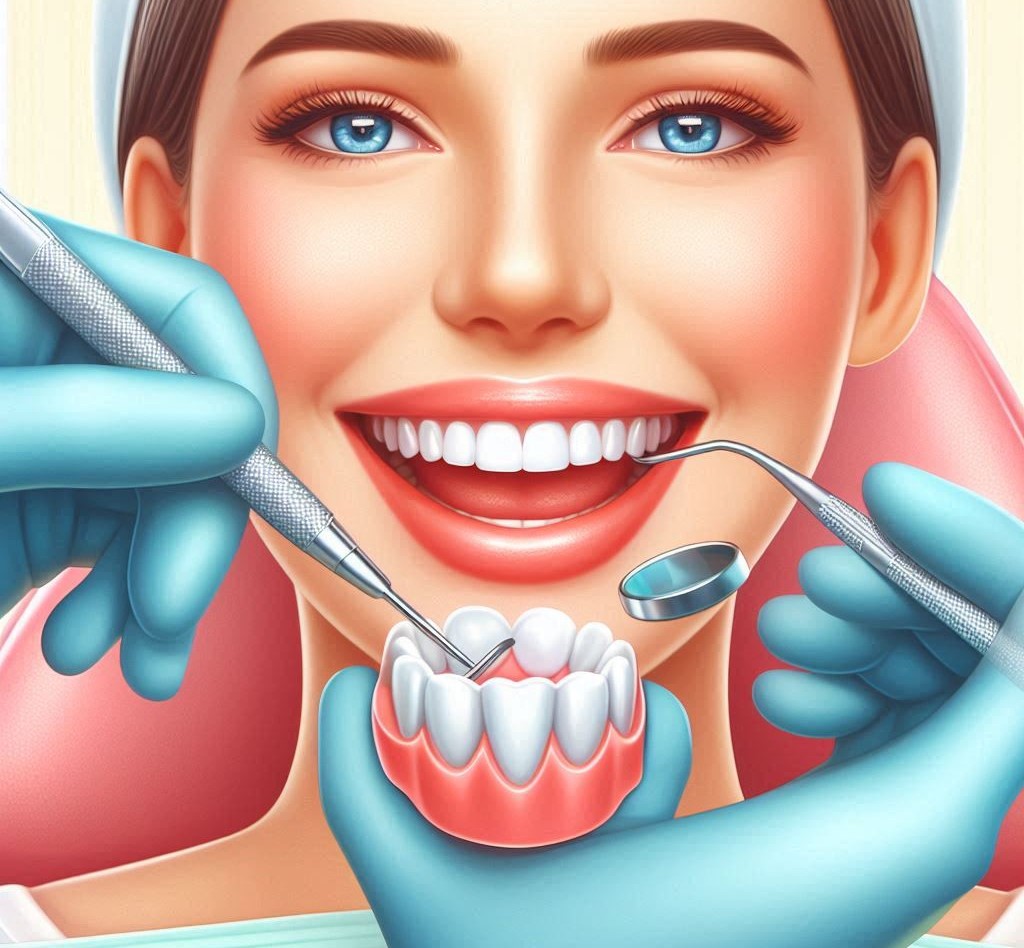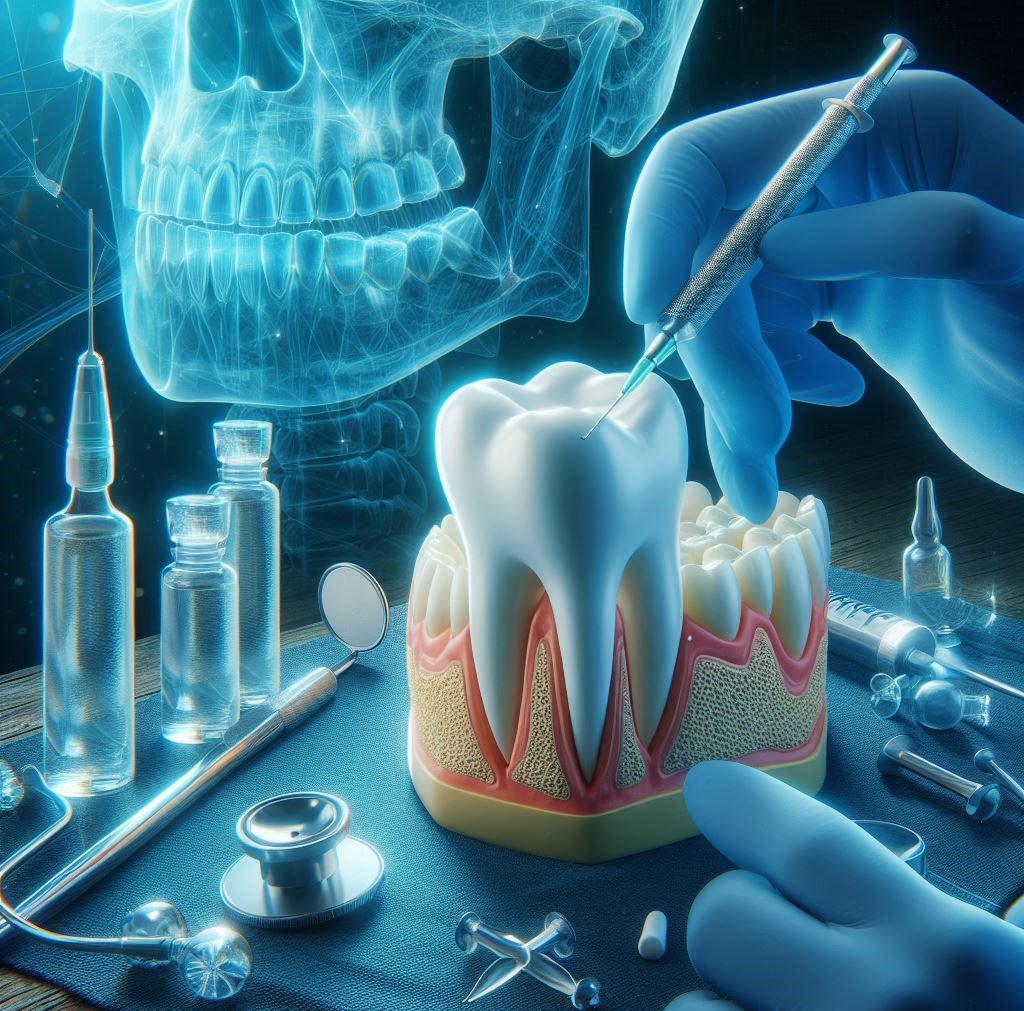Dental fillings are a vital part of modern dental care. They help restore the structure and function of teeth that have been affected by cavities, cracks, or other forms of damage. With a proper understanding of how fillings work and what you can do to maintain them, you can keep your teeth healthy and preserve your smile for many years. In this guide, we will explore in great detail the practices, habits, foods, and signs that help ensure your fillings remain in top condition.
Understanding Dental Fillings
Types of Fillings and Their Durability
Dental fillings come in various materials, and each type has its unique benefits and maintenance needs. Let’s dive deeper into the characteristics of the different materials used for fillings, their longevity, and how they might influence the way you care for them.
- Amalgam Fillings (Silver Fillings): These are a blend of silver, mercury, tin, and copper, known for their durability and strength. Amalgam fillings are highly resistant to wear and tear and can last anywhere from 10 to 15 years, making them a popular choice for back teeth. However, they’re also more noticeable because of their silver color. Since they are very durable, they require less maintenance but can sometimes cause mild sensitivity or expansion due to temperature changes.
- Composite Fillings (Tooth-Colored Fillings): Made from a resin compound, these fillings are often used in areas that are visible, such as the front teeth, because they match the color of the tooth. Composite fillings are not as durable as amalgam and typically last 5 to 7 years, but they are more aesthetically pleasing. They are susceptible to staining from foods and drinks like coffee and red wine, so maintaining good oral hygiene is crucial for longevity.
- Gold Fillings: Made from a gold alloy, these fillings are highly durable and resistant to corrosion. Gold fillings can last 15 years or more with proper care, and they are well-tolerated by most patients’ gums. However, they are expensive, and their metallic color makes them less appealing for those seeking a more natural look.
- Ceramic Fillings (Porcelain Fillings): Ceramic fillings, which are made of porcelain or a similar material, are another option for aesthetic filling materials. They are tooth-colored and resist staining better than composites. They are highly durable, lasting around 10 to 15 years, but they tend to be more brittle than other types and may crack under extreme pressure. Ceramic fillings are also more expensive than composite and amalgam fillings.
- Resilon Fillings: A newer type of root canal filling material, Resilon is a biocompatible thermoplastic. It offers great resistance to bacterial growth and is used for specific procedures, particularly in endodontic treatments. Resilon fillings have been shown to last for many years, but research on their long-term durability is still ongoing.
Best Practices for Maintaining Your Fillings
Proper maintenance of dental fillings ensures that they last for as long as possible and that your teeth remain healthy and functional. Let’s dive into the habits and daily practices that will help you preserve the integrity of your fillings.
Oral Hygiene Practices
Maintaining excellent oral hygiene is the foundation for preserving your fillings. When plaque and bacteria accumulate on your teeth, it can lead to decay around the edges of your fillings, which can eventually cause damage to the tooth and the filling itself. Proper cleaning habits can help you avoid these issues.
- Brushing Your Teeth Properly: Brushing twice a day with fluoride toothpaste is essential for oral health. To ensure you’re cleaning around your fillings effectively, follow these tips:
- Use a soft-bristled toothbrush to avoid damaging the filling or the surrounding gums.
- Focus on brushing along the edges of the filling where plaque is most likely to accumulate.
- Consider using an electric toothbrush for more consistent brushing and better plaque removal.
- Pay attention to the area where the filling meets the tooth, as this is where decay is most likely to begin.
- Flossing Properly: Flossing removes food particles and plaque that brushing alone might miss. Proper flossing is particularly important for teeth with fillings, as the space between the filling and the tooth can harbor harmful bacteria. Here’s how to floss effectively:
- Use a gentle sawing motion to guide the floss between your teeth and under the gumline.
- Be extra cautious around your fillings, as rough flossing can dislodge or damage them.
- If your fillings are tight, use waxed dental floss or floss threaders to make the process easier.
- Use Mouthwash: Mouthwash can help reduce bacteria, neutralize acids, and provide added protection for fillings. Consider using an antibacterial mouthwash that contains fluoride, which helps prevent decay and remineralize teeth. Mouthwash with cetylpyridinium chloride can also fight plaque buildup.
- Routine Cleaning: Even with regular brushing and flossing, a professional cleaning is necessary every six months. Dentists and hygienists use special tools to clean hard-to-reach areas, ensuring that no plaque or tartar builds up around your fillings.
Regular Dental Check-ups
In addition to daily care, visiting your dentist regularly is one of the most important steps to ensure your fillings are functioning well. Here’s why:
- Early Detection of Problems: Even the most durable fillings can experience wear, cracking, or discoloration over time. Dentists are trained to detect early signs of damage, and regular check-ups help catch any issues before they become bigger problems.
- During check-ups, your dentist will inspect your fillings for any visible cracks, chips, or changes in color.
- X-rays may be taken to assess the condition of the tooth beneath the filling and to check for any decay or damage that may not be visible to the naked eye.
- Filling Replacements: Over time, fillings will inevitably wear down. If they become loose, cracked, or worn out, they must be replaced to maintain the integrity of the tooth. During regular exams, your dentist will monitor the condition of your fillings and recommend replacement when necessary.
- Preventive Treatments: During your visits, your dentist may apply fluoride varnishes or recommend sealants to help protect your fillings and prevent cavities from forming around the filling’s edges.
Avoiding Harmful Habits
Some habits can put unnecessary strain on your fillings and significantly reduce their lifespan. Here’s what to avoid:
- Teeth Grinding (Bruxism): If you grind your teeth, especially at night, it can cause excessive wear and tear on your fillings. Bruxism can lead to cracked or dislodged fillings and may even result in the need for more extensive dental work, like crowns or root canals.
- Solution: Talk to your dentist about a custom-made mouthguard for nighttime wear to protect your fillings and overall dental health.
- Chewing Ice or Hard Objects: Biting down on ice, pens, or any other hard objects can cause fillings to crack, chip, or dislodge. Avoid these habits to protect your fillings from unnecessary stress.
- Solution: If you like chewing ice, try to break the habit and instead chew on sugar-free gum or other softer alternatives.
- Smoking: Smoking tobacco can contribute to gum disease, which can affect the stability of your fillings and increase the risk of decay around them. Additionally, smoking can stain your fillings and cause gum recession.
- Solution: If possible, quit smoking or reduce your exposure to tobacco products to preserve the health of your fillings and your teeth in general.
Maintaining General Oral Health
Even if you don’t have fillings, maintaining good oral health practices is essential for the health of your fillings and teeth. Here’s how:
- Hydration: Drinking plenty of water helps maintain the flow of saliva, which is essential for neutralizing acids and washing away food particles. Keeping your mouth hydrated will reduce the chances of developing decay or gum disease.
- Balanced Diet: A diet rich in vitamins and minerals, such as calcium, phosphorus, and vitamin D, helps strengthen your teeth and bones. Try to eat a diet that includes fresh fruits and vegetables, whole grains, lean proteins, and dairy products.
- Avoid Excessive Sugar: Sugar is a major cause of tooth decay, and it can also contribute to the breakdown of fillings. Try to limit sugary snacks and drinks, and always brush your teeth afterward if you do consume sugar.
Foods to Avoid to Prevent Damage to Fillings
What you eat has a direct impact on the health of your fillings. Let’s explore which foods can be detrimental to the longevity of your fillings.
Sticky and Chewy Foods
Sticky foods like caramel and taffy can get stuck in your fillings and pull at them, potentially dislodging them over time. These foods can also contribute to plaque buildup around the edges of fillings, increasing the risk of decay.
- Caramels: These are notorious for sticking to teeth and fillings. Over time, the constant pulling can weaken the filling.
- Gummy Candies: Gummy bears, fruit snacks, and taffy can be particularly troublesome for people with fillings. Their sticky nature means they’re harder to remove from teeth.
Hard Foods
Hard foods, such as nuts, ice, and hard candies, can cause significant damage to fillings, especially if they’re worn or old. The pressure from biting down on hard foods can cause fillings to crack or break.
- Nuts: Although healthy, hard nuts can be too much for fillings to handle, especially if they’re already weakened by age or wear.
- Ice: Chewing ice is a well-known culprit in breaking fillings and causing fractures in teeth.
Acidic Foods and Drinks
Acidic foods and drinks can weaken the structure of both the tooth enamel and the materials used in fillings. These can lead to accelerated wear and decay around the edges of fillings.
- Citrus Fruits: Oranges, lemons, and grapefruits contain high levels of citric acid, which can erode enamel and affect fillings.
- Soda: Both regular and diet sodas are highly acidic and can break down filling materials over time. They also contribute to overall tooth decay.
Sugary Snacks
Sugary foods contribute to the growth of bacteria that can cause cavities. While sugar itself isn’t a problem for fillings, the bacteria that sugar feeds can attack both the tooth and the filling.
How to Spot Early Signs That a Filling May Be Failing
Fillings can deteriorate over time, and sometimes problems arise that may not be immediately visible. It’s essential to be aware of the following warning signs that a filling may be failing.
Sensitivity to Temperature
If you begin to notice heightened sensitivity to hot or cold foods and drinks, this may be a sign that your filling has worn down or cracked. Sensitivity occurs when the underlying tooth structure is exposed due to the filling losing its seal.
- What to do: If sensitivity becomes a consistent issue, make an appointment with your dentist to assess the situation.
Cracks or Chips in the Filling
A visible crack or chip in your filling can lead to further deterioration of both the filling and the tooth it’s protecting. Cracks can also trap bacteria, leading to decay under the filling.
- What to do: If you notice a visible crack, don’t wait for it to worsen. Schedule an appointment with your dentist for an evaluation and possible replacement of the filling.
Pain While Chewing
If you experience pain while chewing or biting down, it may indicate that the filling is improperly fitted or damaged, causing pressure on the underlying tooth.
- What to do: If the pain persists, it’s important to visit your dentist to have the filling adjusted or replaced.
Loose or Fallen-Out Filling
Fillings can sometimes become loose or even fall out entirely, exposing the tooth to further damage and decay.
- What to do: If your filling falls out, avoid chewing on that tooth and see your dentist immediately.
Conclusion
Maintaining your dental fillings and taking steps to keep your teeth healthy is essential for a lifetime of good oral health. By following proper oral hygiene practices, avoiding harmful foods, and staying on top of regular dental check-ups, you can extend the lifespan of your fillings and keep your smile looking its best. Stay proactive in caring for your fillings and always consult your dentist if you notice any signs that something may be wrong.
SOURCES
American Dental Association (ADA). 2020. How to take care of your dental fillings. Retrieved from the ADA website.
Burt, B. A. 2005. The impact of fluoride on the health of teeth. Journal of Dental Research, 84(3), 179–183.
Gordan, V. L., & Riley, J. A. 2010. Factors influencing the longevity of dental fillings. Journal of the American Dental Association, 141(8), 1003–1007.
Graskemper, J. A. 2018. Dental materials: Properties and selection (7th ed.). Quintessence Publishing.
Harvard Health Publishing. 2019. The effects of diet on oral health. Harvard Medical School Special Health Report.
Lynch, C. D., & McConnell, R. J. 2015. A clinical guide to managing restorative dentistry: Long-term care of dental fillings. British Dental Journal, 218(1), 45–51.
Miller, J. M., & Taylor, W. G. 2014. Practical approaches to preventing tooth decay and filling failure. Journal of the American Dental Association, 145(12), 1221–1227.
Santos, R. L., & Neto, A. P. 2019. A study on the impact of acidic foods on dental restoration materials. Dental Materials Journal, 38(6), 815–822.
Shillingburg, H. T., & Sather, D. A. 2017. Fundamentals of fixed prosthodontics (5th ed.). Quintessence Publishing.
Smith, G. L., & Watson, J. M. 2016. The role of fluoride in the prevention of dental caries. Journal of Clinical Dentistry, 27(4), 55–60.
Taylor, A. M., & McGivney, J. T. 2018. Updated guidelines for dental restoration longevity and failure prevention. International Journal of Prosthodontics, 31(3), 232–241.
Wang, S. Y., & Lee, L. K. 2019. Dental materials: Advances in composites and fillings for modern dentistry. Journal of Dental Research, 98(4), 453–460.
HISTORY
Current Version
February 19, 2025
Written By:
SUMMIYAH MAHMOOD




